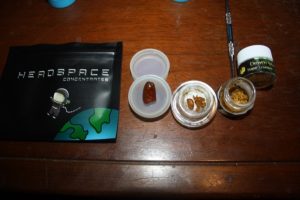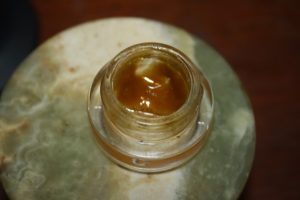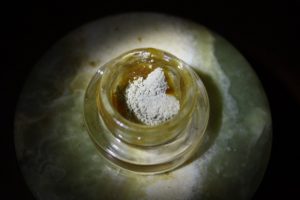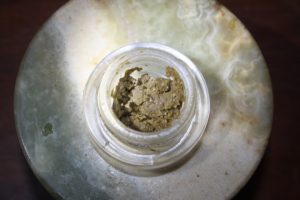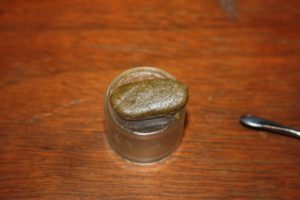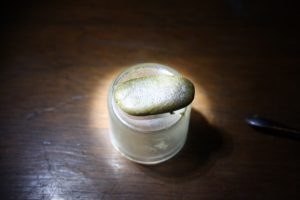
Cannabis use was once so simple. Once flower was procured, ingestion was a simple decision: Smoke a joint or smoke a bowl. Even the twenty different ways to describe it basically came down to those two choices. Once in awhile you might come across some ‘special’ hash brownies or cake baked with some canna butter. Depending on the method and experience of the baker, the taste would vary from weedy to hard-to-finish.
Over time, as extraction methods other than making butter became more and more common, options for culinary cannabis enhancement also grew as the green unpleasant flavours were lost. During this early shift, most of the jurisdictions that now see cannabis legal in one form or another were legislated otherwise. The result? This burgeoning cannabis edible market is, for the most part, entirely unregulated. The end result could have been predicted. Faced with no resistance or guidelines, any movement will naturally progress to the extreme. This is where we find ourselves today.
The extreme nature of the edibles market has clinicians voicing concern and suggesting a serious look at how some cannabis edibles are being sold. Some are even asking whether certain types of products, such as child-familiar gummies, should be sold at all. It’s clear that no responsible individual would make THC-infused gummies intended for children. For adults, it is our right to medicate as we see fit; however, it’s possible that we’re lacking sufficient education on the risks that such edibles pose for children. As well, there need to be sufficient punitive measures for irresponsible parents whose child found some treats and ended up in the ER. Some will oppose any such measures based on what they perceive as continued ‘Reefer Madness’ drug war propaganda. The reality is that a child who stumbles upon a bag of 80-mg gummies and eats a handful of them could be in very serious danger.
Some of the earliest products that became available to me via the Canadian online grey market were completely snack based. Rice Krispie squares, peanut butter cookies and gummies were some of the most common. Novelty effect is real and trying a few of these treats was kinda fun. They certainly tasted better than the party cakes of the past and such products led to me and my Mrs. discovering our required dosages for noticeable effect, 350+ mg and 30 mg respectively.
It was fun trying those treats. Learning how much more effective orally ingested cannabinoids are for therapeutic purposes was, however, the valuable take away for us. Dosage consistency and ease of ingestion — you don’t always want a cookie — led us away from treats and into using CBD and whole-plant THC oil in a capsule as a daily-dose medium. Any treat-based edibles we now consume are only what we make from our own butter.
I do not even have full exposure in Canada to the incredible range of products found in different parts of the world. Seeing 1000 mg chocolate bars online seemed fairly inert at first glance and may have elicited the thought, “That might be fun”. Yet, something seemed off and gave me pause for thought.
There have been plenty of times in recent years where cannabis edibles have made the news in some notorious fashion. Children mistakenly taking them to school or unfamiliar adults calling 911 in fear from an edible-induced anxiety attack are just a couple of examples. Social media responses are predictable, ranging from blind disbelief because “cannabis is harmless”, mockery and even abuse from the ‘no regulation’ side. Those advocating for common sense controls are typically shouted down and end up muted in the din of recreational outrage. Such is the modern internet.
An objective venture into the issue circles around some key basic questions:
- Is the availability of infused sweets a public health issue?
- Is the availability of infused sweets an education issue?
- Is the availability of infused sweets an enforcement issue?
- What is the most responsible approach?
The above questions are easy to ask, yet answers pose more of a challenge. As a public health issue, adding additional concerns to the sugar addiction our society is already dealing with is never going to be a good idea. That, however, is truly minor in comparison to how serious an edible episode can be. It is not at all uncommon for someone to experience some mild anxiety from ingesting edibles. For some, the anxiety can be extreme and downright terrifying. Imagine being in such a state of fear that you feel you are going to die. While those stories seem to draw much ridicule, it is anything but funny to those facing an overwhelming and impending sense of death.
An education issue?
I don’t think that anyone would be opposed to a well-informed public. That may remain difficult, however, while there is still such distance between the opposing sides and inconsistent positions among governments. One person’s information is another’s propaganda. It turns out that another victim of the drug war is clear and concise truth.
An enforcement issue?
It would be unsurprising to see some governments attempt a heavy-handed restrictive approach that mirrors past prohibition policies. Legalization in Canada, for example, has in its initial approach taken a very restrictive ‘harm reduction’ stand with clear lines between legal and illegal activities. We do not yet know what the laws regarding edibles will be until the federal government releases them later this year. Those laws are to go into effect as of Oct 17th. I think it is very likely the laws will be extremely restrictive in the THC levels that can be present, as well as what can be sold.
What is the responsible approach?
Each side will have a very different answer on the outer edges, ranging from outright banning to fully unregulated. As with anything however, agreement on some basic truths on each side usually points towards a happy medium. Or a balanced discontent.
Is banning prepackaged, cannabis edibles that are too easily indistinguishable from normal dessert treats from being sold the right approach? Perhaps. An entire sector of the cannabis industry is very much hoping for minimal regulation knowing this could potentially be a huge market. Some believe the edible market share will come to rival the dried flower market. The possibility of a billion dollar marketplace is squarely at odds with public health.
Is there a form of prepackaged edible that fully appeases health care concerns? It’s unlikely. Is there likely to be a version that is far more acceptable and meets some of the main concerns? Chief among such concerns are edibles looking like anything a child might find in the candy isle of the local general store. Finding an acceptable product could be a tough call. Sweet treats were a natural evolution from the brownies and cakes of old. There is no obvious substitute. The next best — frankly, for some, better — alternative is the active ingredients in a capsule form. While it would be very effective, it’d hardly be the fun of a good cookie.
Where do common sense, public health and public demand all find acceptable common ground? Surely public health concerns are better met with legislated controls. Ensuring safe dose levels would, in all probability, put an end to the 1000mg chocolate bar type offerings.
Perhaps the only solution is strict dosage limits. It serves harm reduction well, but not perfectly. Nothing I can think of, in fact, serves to fully appease any of the relevant positions. It may be in that grey zone where the only possible solution is found. One thing is certain: No one side is happy, but all are equally unhappy.
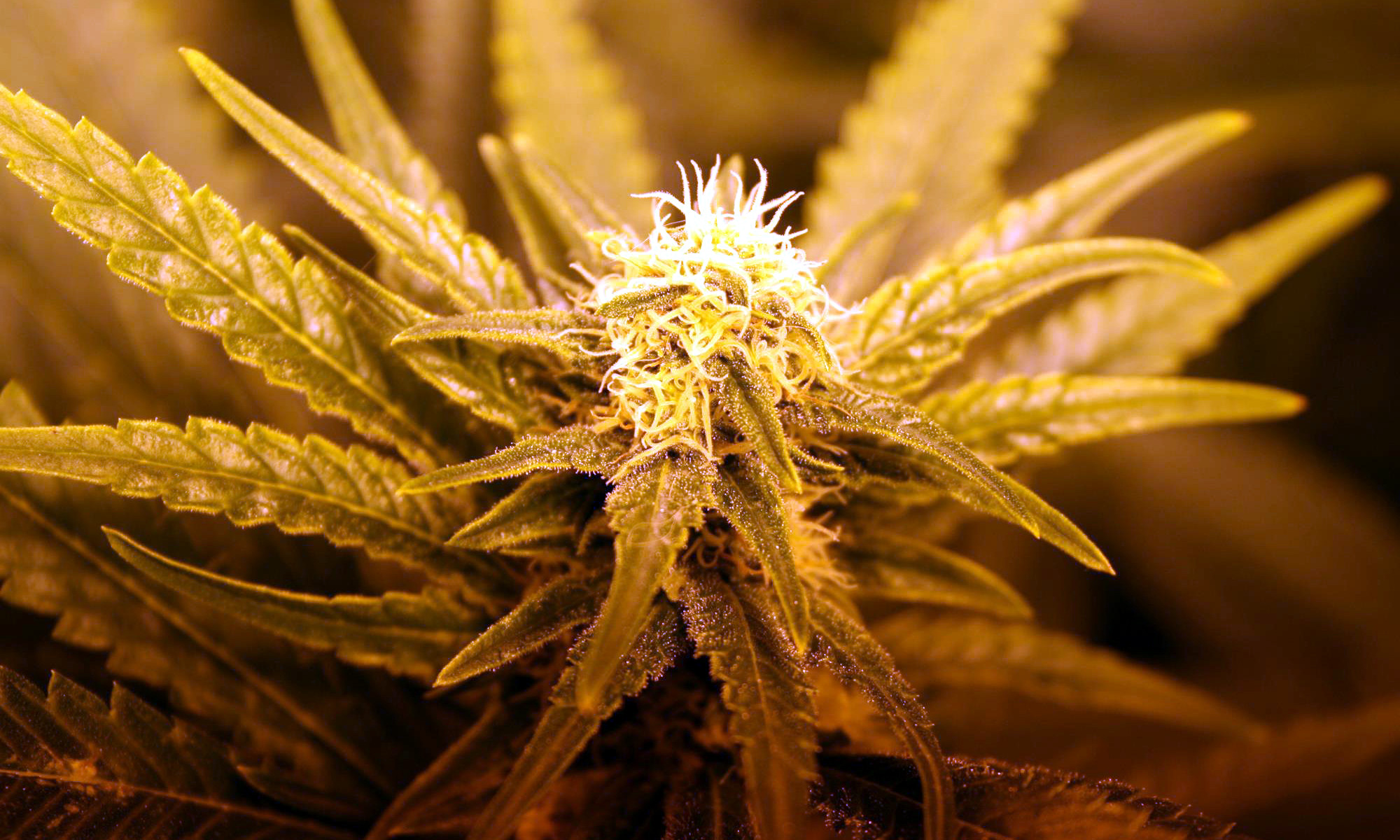

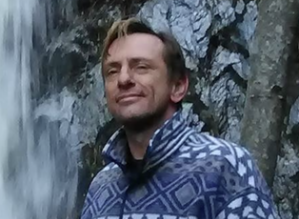

 I think it’s fair to suggest that most of us who’ve gotten high have, at some point, walked into another room to do something and realized we have no idea what we went off to do. If you’re like me, you probably had a laugh at your brain fart and then hit the fridge for more munchies. If you’re lucky, you experience very few such episodes and they happen at times when it isn’t an inconvenience.
I think it’s fair to suggest that most of us who’ve gotten high have, at some point, walked into another room to do something and realized we have no idea what we went off to do. If you’re like me, you probably had a laugh at your brain fart and then hit the fridge for more munchies. If you’re lucky, you experience very few such episodes and they happen at times when it isn’t an inconvenience.

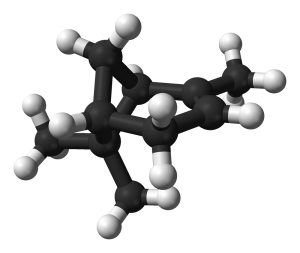
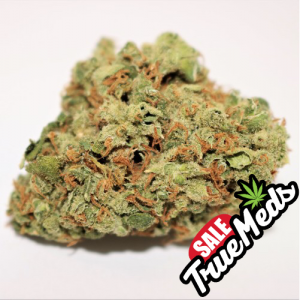
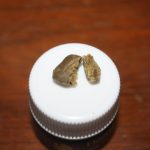 Welcome to the next installment of Gourmet Hash.
Welcome to the next installment of Gourmet Hash.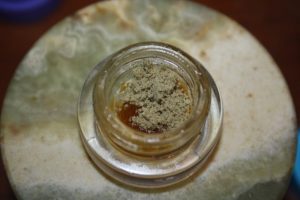
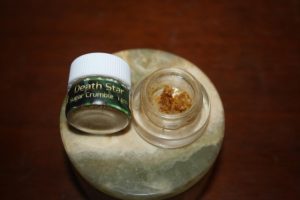
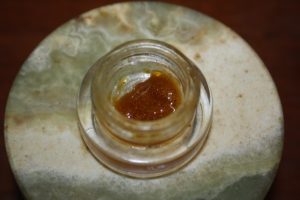
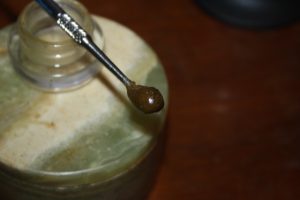
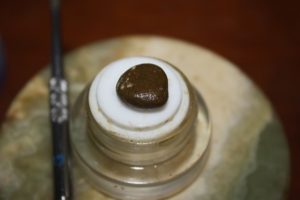
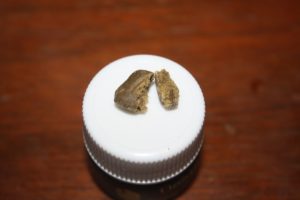
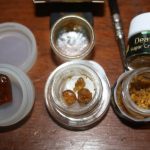 Welcome back to the Gourmet Hash series. We get to start this edition with the excitement of delivery day. Each order placed mostly contains products we have not tried before. Most of you might agree that trying new strains and experiencing the taste and effect is a joy all its own.
Welcome back to the Gourmet Hash series. We get to start this edition with the excitement of delivery day. Each order placed mostly contains products we have not tried before. Most of you might agree that trying new strains and experiencing the taste and effect is a joy all its own. 